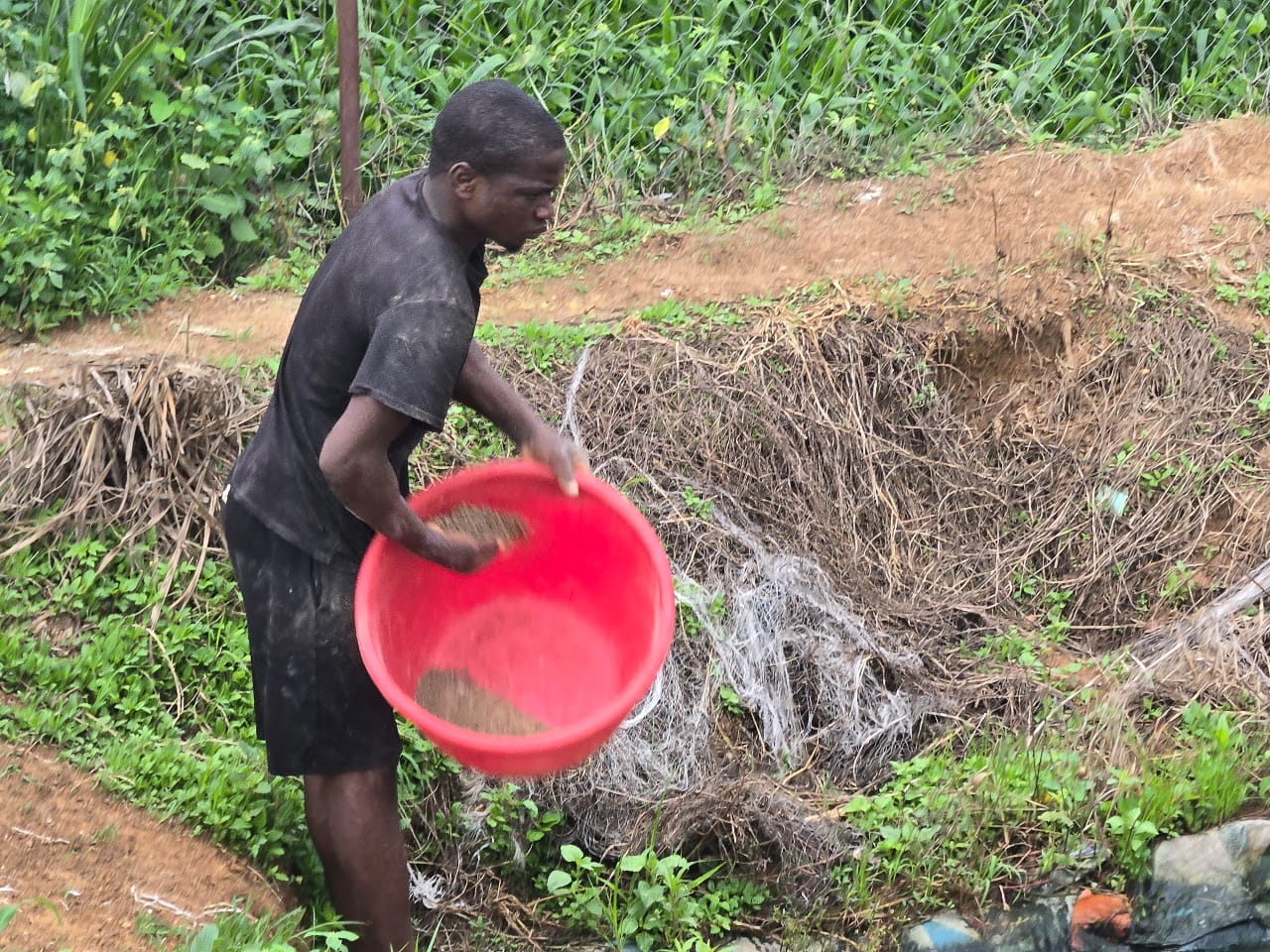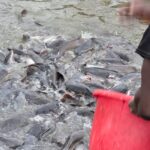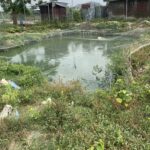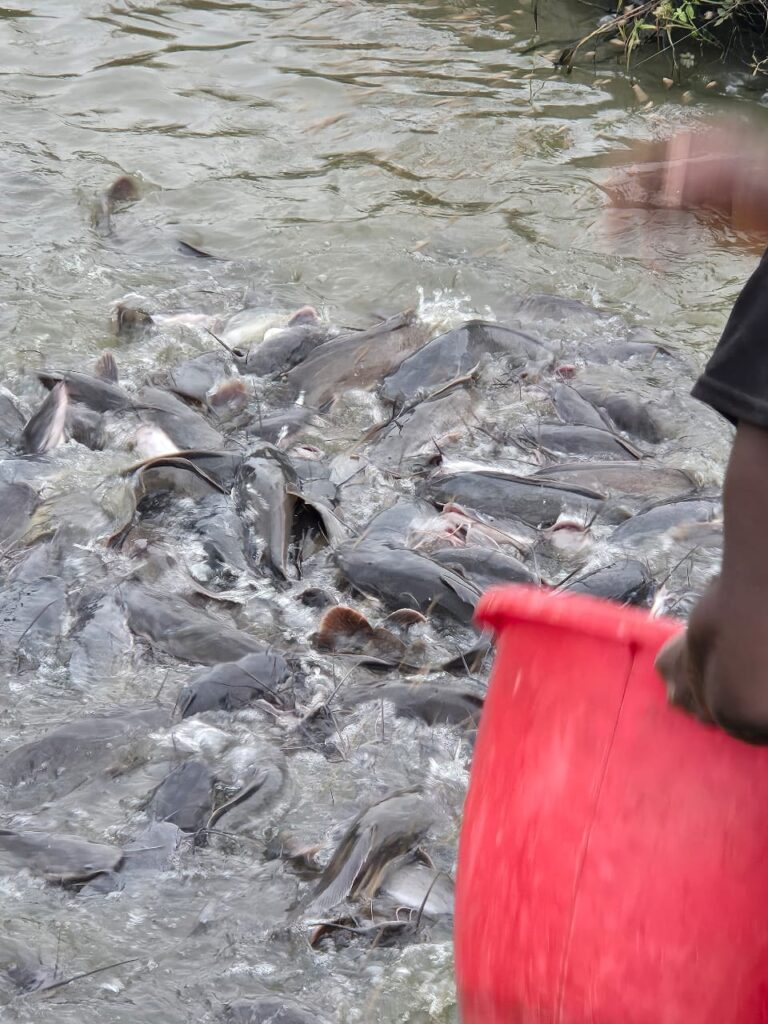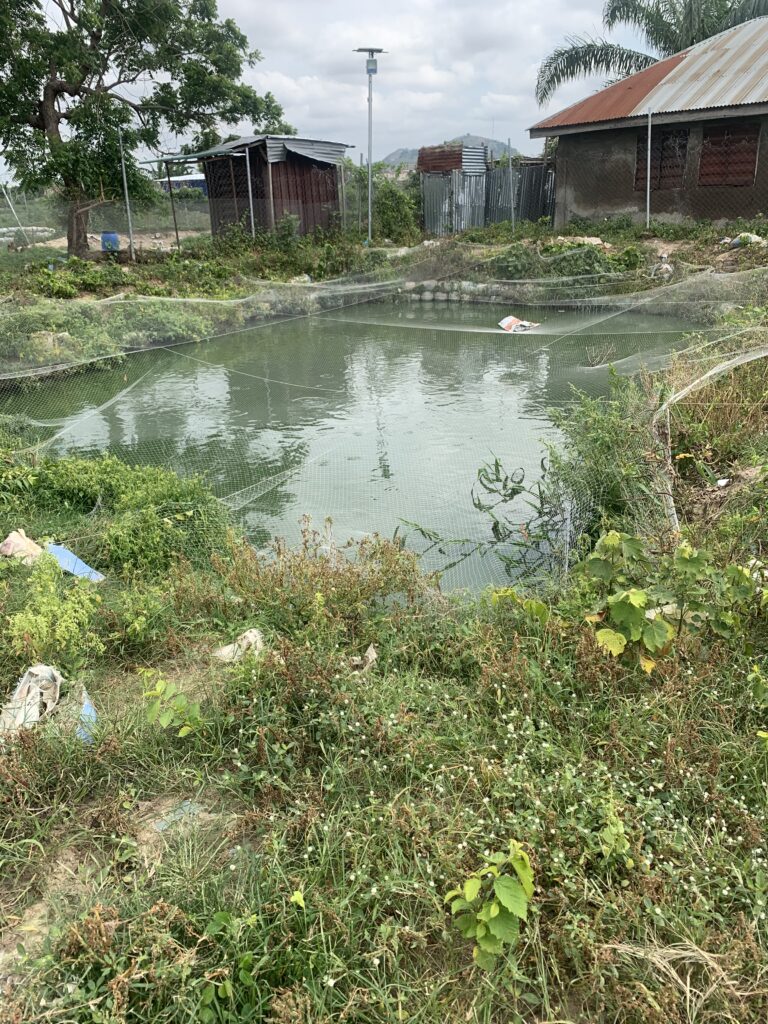Feeding catfish correctly is one of the most important parts of running a successful fish farm. If you don’t feed your catfish properly—at the right time, in the right way, and with the right feed—they won’t grow well, and you’ll lose money. This guide is written in a simple language so that anyone—even if you're …
Feeding catfish correctly is one of the most important parts of running a successful fish farm. If you don’t feed your catfish properly—at the right time, in the right way, and with the right feed—they won’t grow well, and you’ll lose money.
This guide is written in a simple language so that anyone—even if you’re new to fish farming—can understand the steps involved in feeding catfish from the early stages (fingerlings) to when they’re ready for sale (market size).
Understanding the Catfish Growth Stages
Before we talk about feeding, you must understand the different growth stages of catfish:
-
Fry—Baby fish that have just hatched (you usually buy them from a hatchery).
-
Fingerlings—Small fish about the size of your finger (5–10 grams).
-
Juveniles—bigger than fingerlings (10–150 grams).
-
Growers—Fish in the main growth phase (150 grams to 800 grams).
-
Finisher/Market Size—Fully grown fish, usually 800 g to 1.5 kg or more, depending on your target.
Each of these stages needs different types of feed and feeding techniques.
Types of Fish Feed
There are two main types of feed:
1. Floating Feed
This type of feed floats on water. It helps you monitor how much the fish eat and helps avoid waste.
2. Sinking Feed
This feed sinks to the bottom. It is cheaper but more difficult to monitor, and it can be wasted easily if not used properly. For beginners, floating feed is better because it’s easier to see how the fish are eating.
Feeding Catfish Stage by Stage
Stage 1: Fingerlings (5g to 10g)
Duration: 2–4 weeks
Feed Type: Starter feed
Pellet Size: 0.5mm–1mm
Feeding Frequency: 3–4 times daily
Feeding Method: Broadcast lightly across the pond
Your goal at this stage is to help the fish adapt, build immunity, and grow quickly. So, avoid overfeeding and watch them closely.
Stage 2: Juveniles (10g to 150g)
Duration: 4–6 weeks
Feed Type: Starter/Grower feed
Pellet Size: 1mm–2mm
Feeding Frequency: 2–3 times daily
Feeding Method: Hand feeding (spread evenly in shallow areas)
Your goal at this stage is to help the fish build body mass fast. Always monitor their behaviour—active fish are healthy fish.
Stage 3: Growers (150g to 800g)
Duration: 6–8 weeks
Feed Type: Grower feed
Pellet Size: 2mm–4mm
Feeding Frequency: 2 times daily
Feeding Method: Feeding rings or lines for even distribution
Your goal at this stage is to gain maximum weight. Try to reduce feeding as fish get bigger to avoid wastage.
Stage 4: Finisher/Market Size (800g to 1.5kg)
Duration: Until ready for harvest (2–4 weeks)
Feed Type: Finisher feed or local feed (optional)
Pellet Size: 4mm–6mm
Feeding Frequency: Once or twice daily
Feeding Method: Feed only what they can eat in 10–15 minutes
Your goal at this stage is the final weight gain before sale. You should stop feeding 1 day before harvest for better quality.
How Much Should You Feed?
The quantity of feed given to your fish should be based on their total body weight. A simple guideline to follow is to feed them 3–5% of their total body weight each day.
Example:
If you have 100 kg of fish in your pond, feed 3–5 kg of feed per day, divided into 2 or 3 sessions. Always weigh samples of fish weekly to adjust the feeding amount as they grow.
Best Time to Feed Catfish
The best time to feed your catfish should be
-
Early morning (7–9 AM)
-
Late afternoon (4–6 PM)
Avoid feeding during extreme heat or heavy rain—fish become less active and may not eat well, and always stick to your feeding time.
Tips to Reduce Feed Waste and Improve Growth
-
Always observe fish while feeding. Stop once they lose interest.
-
Use floating feed for better monitoring.
-
Clean ponds regularly to avoid pollution.
-
Keep accurate feeding and growth records.
-
Ensure good water quality, since poor water means poor feeding.
-
Use feed with high protein content for young fish (35–40%) and reduce to 28–32% for finishers.
Common Feeding Mistakes to Avoid
-
Overfeeding (causes waste and pollution)
-
Using the wrong pellet size
-
Feeding once a day only for fingerlings
-
Not observing fish behaviour
-
Feeding at irregular times
-
Using expired or mouldy feed
Feed Conversion Ratio (FCR)
This helps measure how much feed it takes to grow 1 kg of fish. The ideal FCR:
-
For quality feed: 1.2 to 1.5
-
For local/poor feed: 2.0 and above
The lower your FCR, the more your profit!
Conclusion
Feeding your catfish properly from fingerlings to market size is the foundation of profitable fish farming. It affects everything—growth, health, survival rate, and how much money you make. Take your time to:
-
Use the right feed at the right stage
-
Feed regularly and consistently
-
Monitor your fish’s behaviour and growth
-
Record everything for future improvement
Have questions or need a fish feed supply?
Contact our team for expert advice and quality feedback using the contact form.

